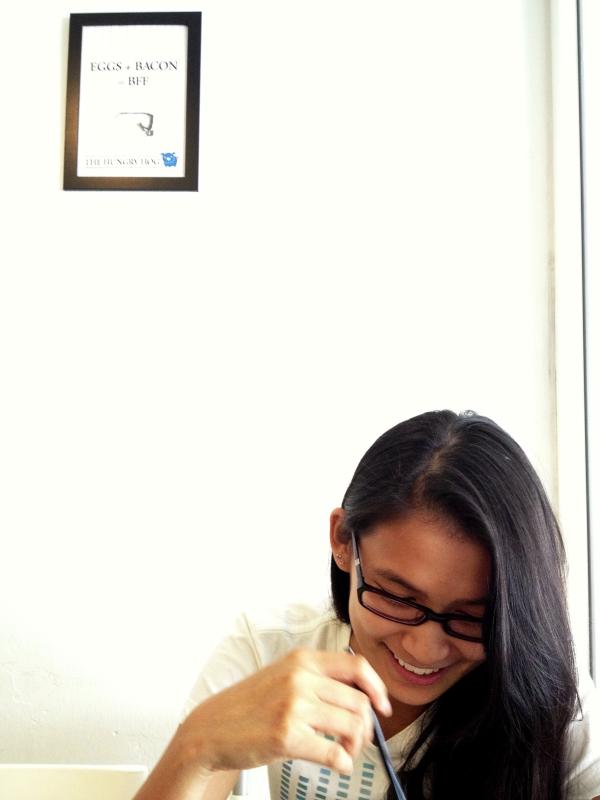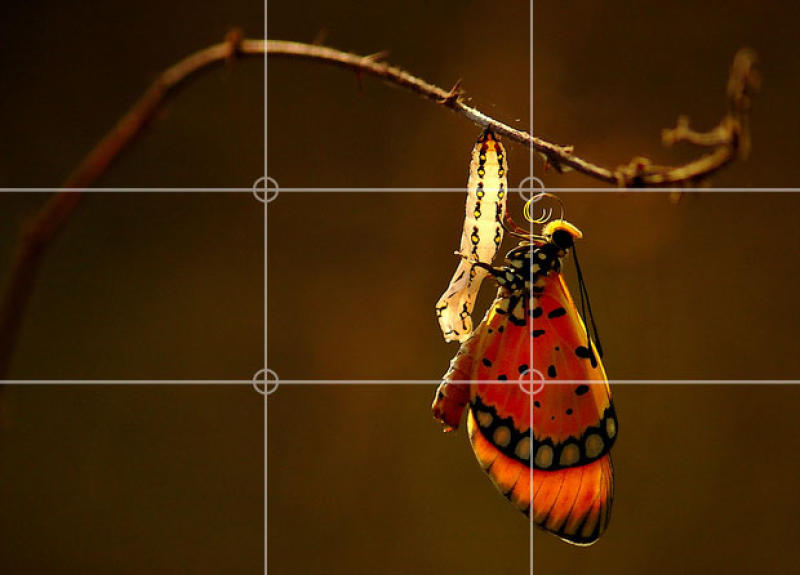By JASON LIOH
alltherage@thestar.com.my
The key to capturing a great photo is not, I believe, by using the latest and most advanced camera or understanding every technical aspect of photography. It is through good composition.
A composition is a way to present to others what you have seen through your point of view in an angle you think is best, and this art takes years of experience to master.
The composition style varies with each photographer and it is something that you have to discover through hours of practice.
While there are no definitive guidelines to composing a picture, most photographers, especially new and inexperienced ones, adhere to the rule of thirds as it is the fastest and easiest way to create interesting photographs.
Rule of thirds suggests that an image should be pictured as divided into nine equal parts by two equally-spaced horizontal and vertical lines. It also recommends that your subject should be placed along these lines or at their intersections. These intersections are the main focus points in an image and tend to catch the viewer’s interest before their eyes wander to other parts of the image.
Nowadays, every camera, from DSLRs to camera phones, has a grid function in the menu. Upon enabling, two horizontal and two vertical lines will appear on your screen. This grid function is the visual aid for you to apply the rule of thirds in your photos. Place your subject on one of these four lines with the main focus point at one of the four intersections.
For example, if you are shooting a full body length shot of your friend in portrait mode, get him to stand on one of the two vertical lines with the face placed around or as close as possible to one of the four intersections. The same method applies if you are shooting in horizontal mode. Avoid placing your subject right in the middle of your frame, a common mistake made by most people who don’t have much knowledge in photography, as your photo will look uninteresting and flat.

Place the subject’s eyes as close as possible to one of the four intersecting points when shooting portraits.
If you are capturing a close-up face shot, place one of his eyes at one of the four intersections as well.
Rule of thirds is also applicable when you are shooting landscape. Unless there is a subject that you want to emphasise (such as the sun or a building), avoid composing your image where it has an equal size of both sky and land. Either the sky or land should take up two thirds of the frame and be the main subject of the landscape photo.
If you cannot apply the rule of thirds during your shooting, you can always crop and adjust your image to adhere to the rule of thirds during the post processing stage.

By placing the subject’s head at the bottom right of the four invisible intersecting points, this photo has become more interesting.
Rule of thirds is really simple but takes ages to understand and adapt into your style, like a snap of your fingers. While it is called rule of thirds, it is just a guideline for you to follow and the more experienced photographers go outside the box by breaking the rule every now and then. However, until you know what you are doing and want to accomplish, it is best to follow the rule for a fast, simple and effective way to capture a better photo.



Tell us what you think!